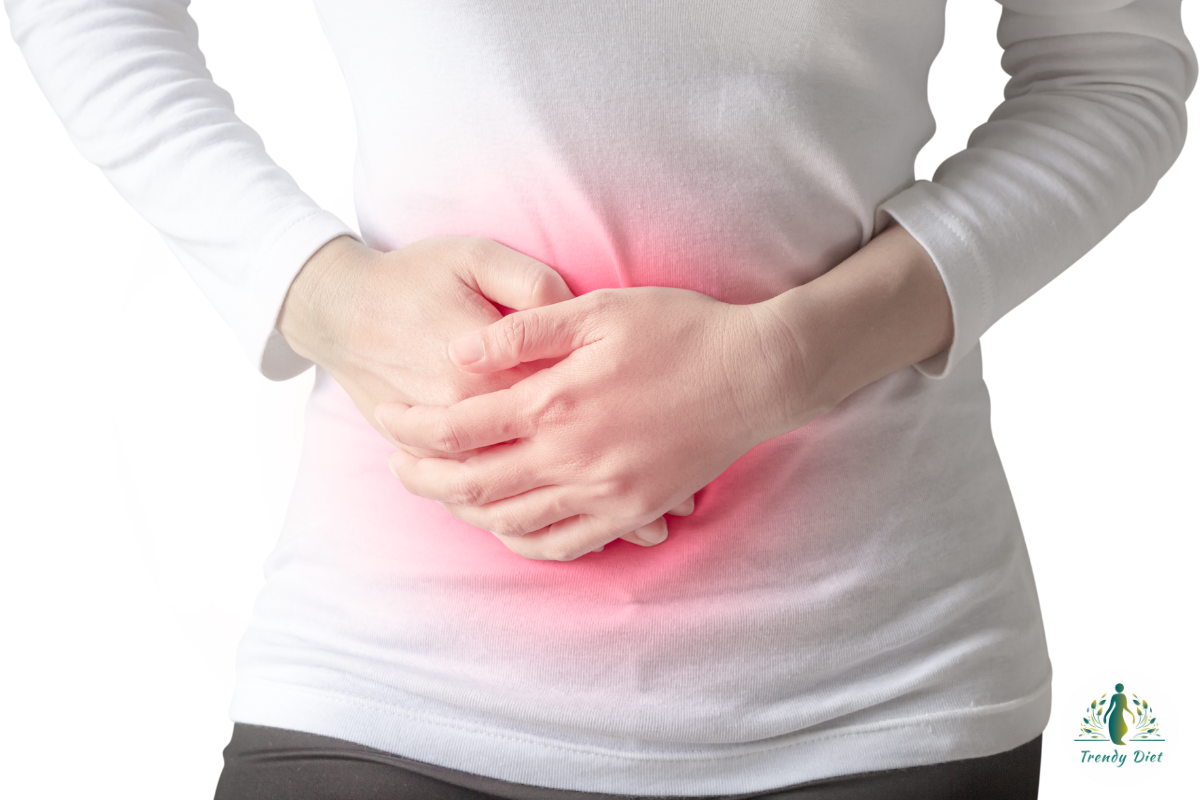Period Cramps But No Period: A Comprehensive Guide to Understanding and Managing
Introduction
For many women, having period pains without having a period can be confusing and uncomfortable. We will examine the causes, symptoms, and practical management techniques for this widespread problem in this detailed book.
Understanding Period Cramps But No Period
The majority of women have period cramps, sometimes referred to as dysmenorrhea, during their menstrual cycle. However, it can be disconcerting to have severe symptoms without having a period. Let’s examine this phenomenon in more detail.
Period Cramps but No Period
1. Stress and anxiety
Excessive stress might interfere with your menstrual cycle and cause cramps without the expected flow.
2. Hormonal Imbalances
Hormone fluctuations, particularly those involving estrogen and progesterone, can result in cramp-like symptoms.
3. Ovulation
Some females suffer ovulation symptoms, which might be mistaken for menstrual pains.
4. PCOS (polycystic ovary syndrome)
PCOS can lead to irregular menstrual cycles and pelvic pain.
5. Endometriosis
Even in the absence of menstruation, this condition can cause cramping and pelvic pain.
6. Pregnancy
When a fertilized egg attaches to the uterus, implantation cramping may happen.
Symptoms to Pay Attention to
It’s critical to pay attention to the following indicators when coping with period cramps but no period:
- Abdominal Pain: A crampy or dull aching in the lower abdomen is the most typical symptom.
- Back Pain: The lower back may experience cramming sensations.
- Menstrual Cycle Changes: Take note of any changes in your menstrual cycle, such as missed periods or unusual spotting.
- Investigate persistent pelvic pain that is not connected to menstruation.
- Digestive Issues: In addition to severe cramps, some women also endure digestive issues.
Successful Management Techniques
Addressing the underlying causes is necessary for managing cramps that resemble a period but are not actually one. Here are some tactics to take into account for period cramps but no period:
- Reduce your stress by practicing relaxation techniques like yoga, meditation, or deep breathing.
- Balance of hormones: If you think it’s important to check and adjust your hormone levels, talk to your doctor.
- Track your ovulation by keeping a menstruation calendar to spot patterns in your cramping.
- PCOS Management: If you have been diagnosed with PCOS, engage with a medical team to control your symptoms and menstrual cycle.
- Evaluation of Endometriosis: If you think endometriosis is the source of your discomfort, get checked out by a doctor.
- Pregnancy Testing: If you think you might be pregnant, use a home pregnancy test or go to a doctor.
- Pain management: Temporary cramp alleviation is possible with over-the-counter painkillers.
- Warm compress: Placing a hot compress on the lower abdomen may make you feel better.
- Keep yourself well hydrated because dehydration might make cramps worse.
- Healthy Lifestyle: To support general reproductive health, maintain a balanced diet and consistent exercise schedule.
To relieve pain, consider incorporating the following foods into your diet:
Turmeric: Contains curcumin, a natural anti-inflammatory compound that may help reduce pain.
Ginger: Has anti-inflammatory and analgesic properties that can help alleviate pain.
Fatty Fish (Salmon, Mackerel): Rich in omega-3 fatty acids, which have anti-inflammatory effects that can help with various types of pain.
Cherries: Contain antioxidants called anthocyanins, which may help reduce inflammation and pain.
Blueberries: Also rich in antioxidants, particularly flavonoids, which may help manage pain.
Green Tea: Contains antioxidants and compounds like EGCG that may help reduce inflammation and pain.
Dark Leafy Greens (Spinach, Kale): High in vitamins and minerals, they have anti-inflammatory properties that may help alleviate pain.
Nuts and Seeds (Walnuts, Chia Seeds): Provide healthy fats and anti-inflammatory properties that may help with pain management.
Bone Broth: Contains collagen and amino acids that can help reduce inflammation and support joint health.
Pineapple: Contains bromelain, an enzyme with anti-inflammatory properties that may help with pain relief.
Olive Oil: Contains oleocanthal, which has anti-inflammatory effects similar to ibuprofen.
Tart Cherry Juice: Like fresh cherries, it contains antioxidants that may help reduce inflammation and pain.
Peppermint: Contains menthol, which can help relax muscles and alleviate pain, particularly for headaches.
Probiotics (Yogurt, Kefir): May help reduce inflammation in the gut, which can indirectly affect pain levels.
Magnesium-rich Foods (Almonds, Avocado): Magnesium plays a role in nerve function and muscle relaxation, potentially reducing pain.
Conclusion
Having period cramps but no period can be unsettling, but it’s important to address the underlying issues. You can ease discomfort and make sure your reproductive health is on track by being aware of the possible causes and using practical management techniques. Consult a healthcare expert for a comprehensive analysis and individualized advice if symptoms continue or get worse.
